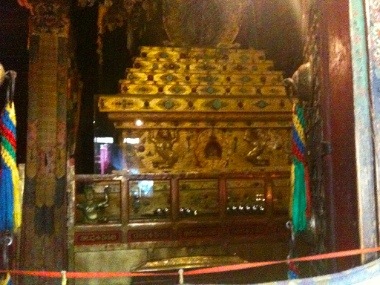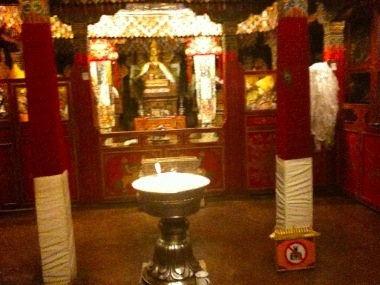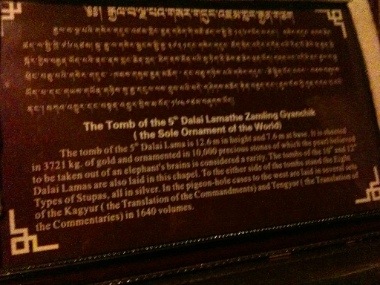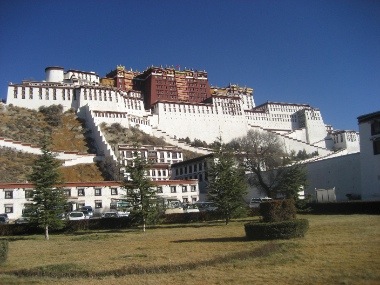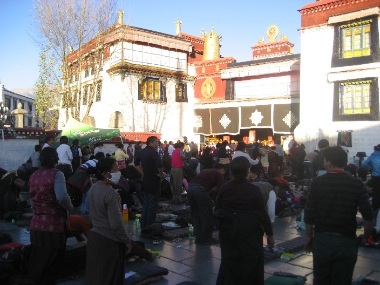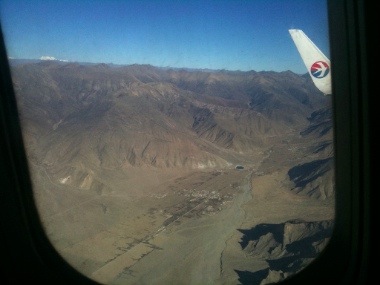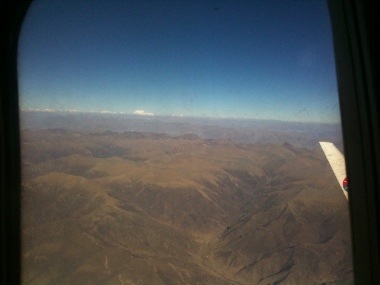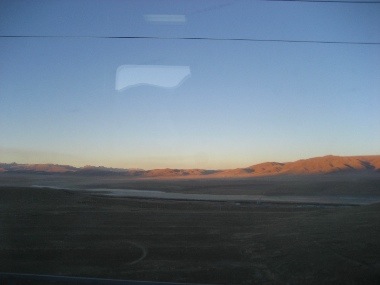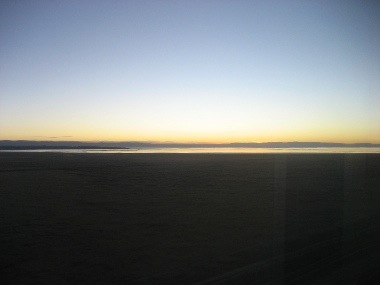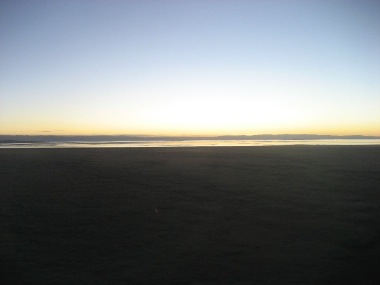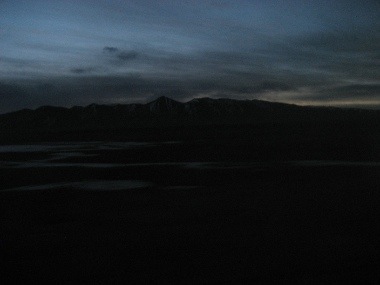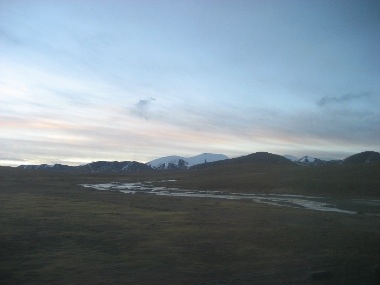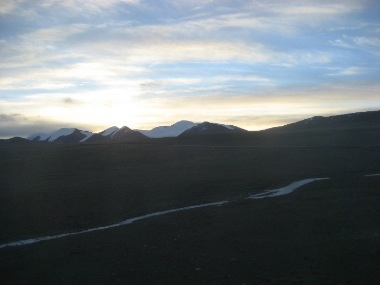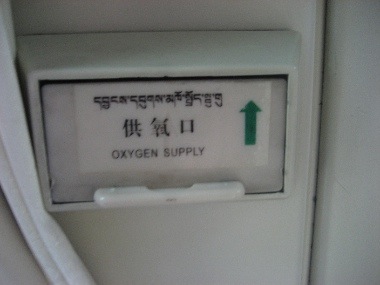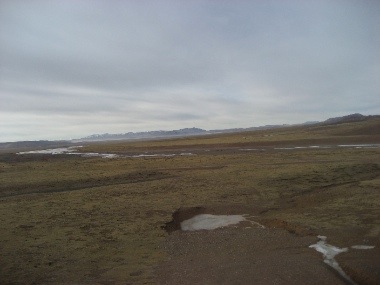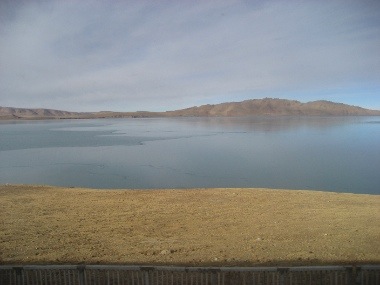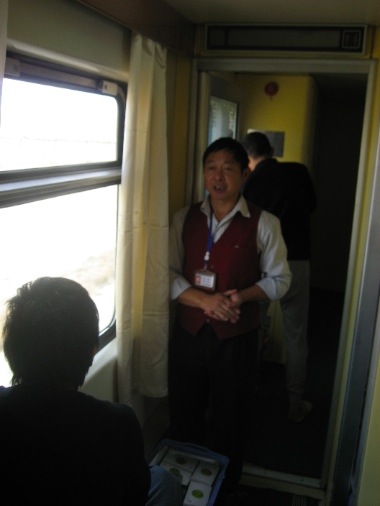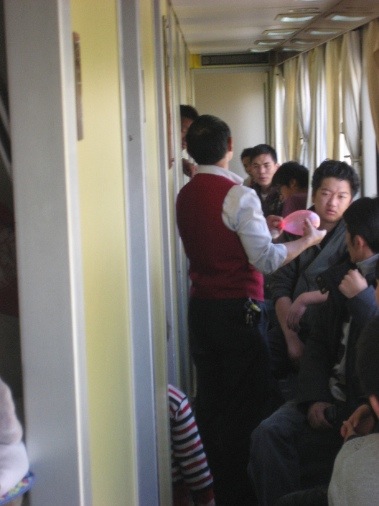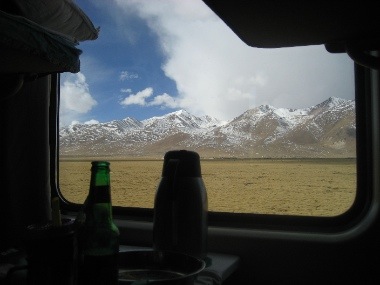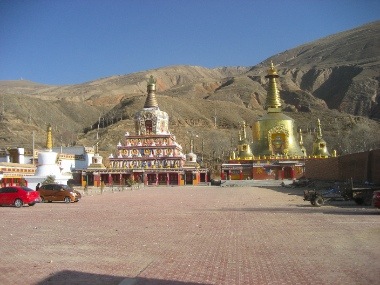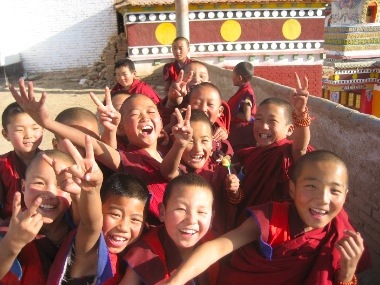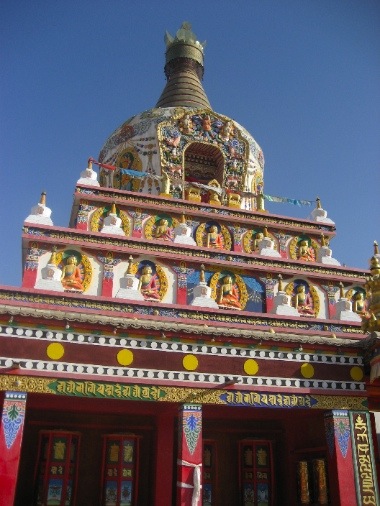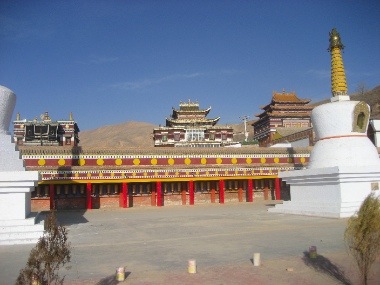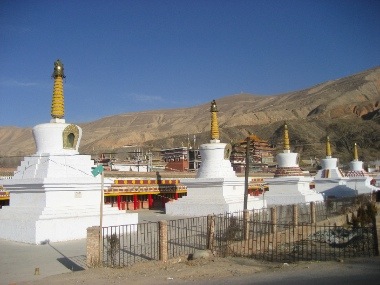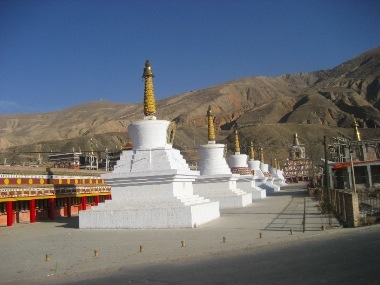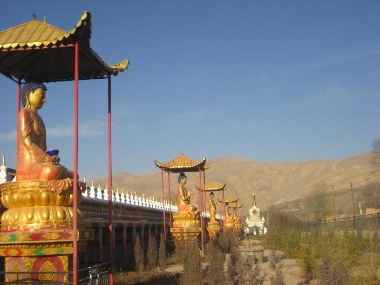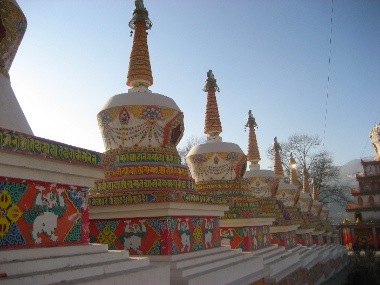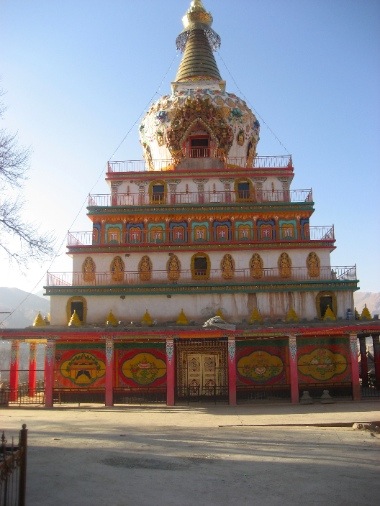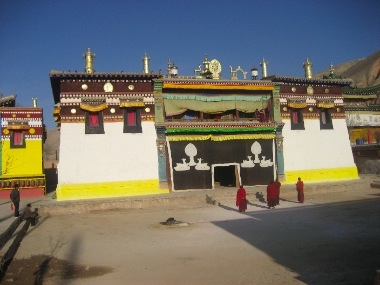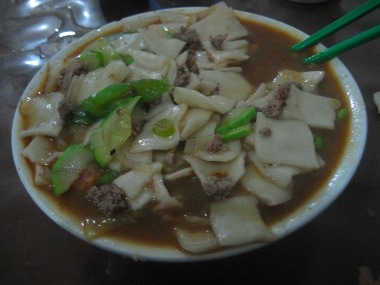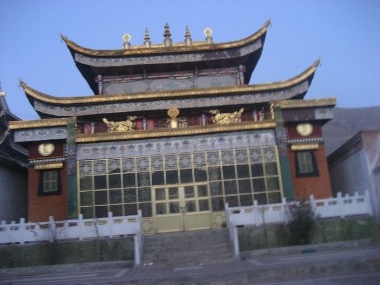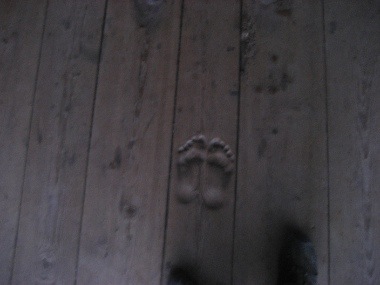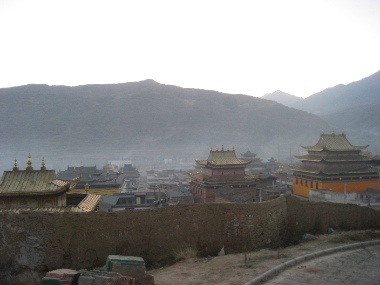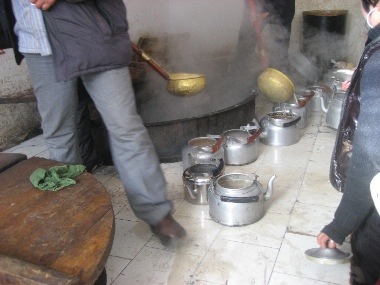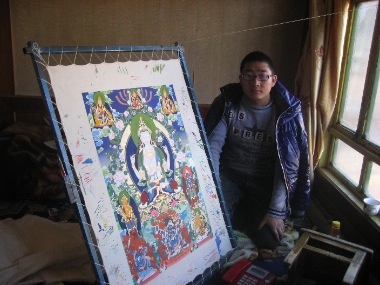One of the top reasons to go to Tibet is to see Potala Palace. The Potala Palace was the chief residence of the Dalai Lama until the 14th Dalai Lama fled to Dharamsala, India, after an invasion and failed uprising in 1959. Today the Potala Palace has been converted into a museum by the Chinese government.
As you'll see from the pictures there are two different sections of the temple, a white and red one. The White Palace or Potrang Karpo is the part of the Potala Palace that makes up the living quarters of the Dalai Lama. The first White Palace was built during the lifetime of the Fifth Dalai Lama and he and his government moved into it in 1649. It then was extended to its size today by the thirteenth Dalai Lama in the early twentieth century. The Red Palace or Potrang Marpo is part of the Potala palace that is completely devoted to religious study andBuddhist prayer. It consists of a complicated layout of many different halls, chapels and libraries on many different levels with a complex array of smaller galleries and winding passages:
All the picture from the inside were taken "illegally" as cameras were not really prohibited.
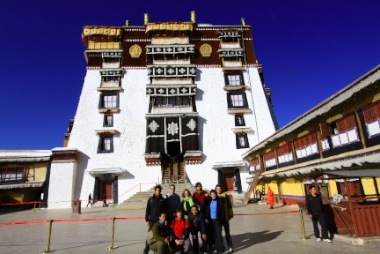 Inside part of the white temple. This was the former quarters for the Dalai Lama.
Inside part of the white temple. This was the former quarters for the Dalai Lama.
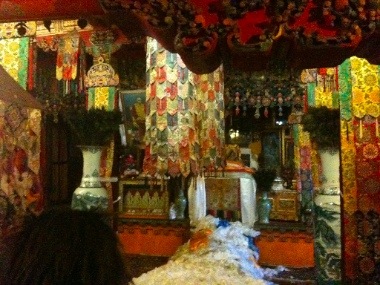 Deities and other gifts from kings, presidents and other rulers for the Dalai Lama.
Deities and other gifts from kings, presidents and other rulers for the Dalai Lama.
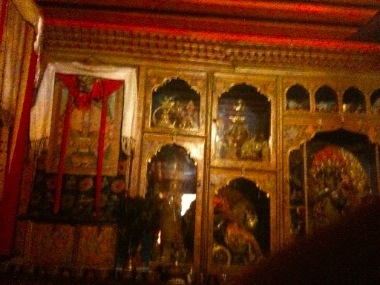 The red walls exterior was made up of these little twigs and branches, almost bristle-like.
The red walls exterior was made up of these little twigs and branches, almost bristle-like.
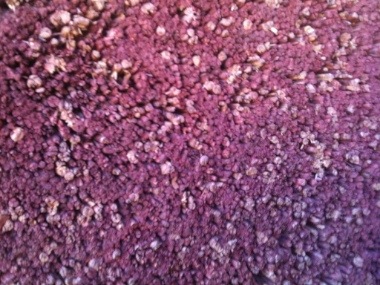 Inside the red section of Potala. One of many buddhas.
Inside the red section of Potala. One of many buddhas.
 A giant and beautiful Mandala in front and another in back.
A giant and beautiful Mandala in front and another in back.
 Inside the red section of Potala, another room for praying.
Inside the red section of Potala, another room for praying.
 Inside the red section of Potala, another room for praying.
Inside the red section of Potala, another room for praying.
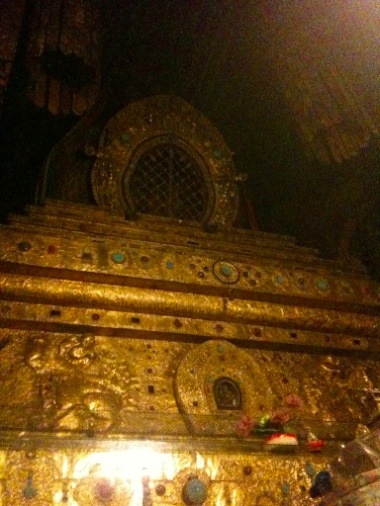 Potala Palace (notice the chinese flag on the top of it. hah!)
Potala Palace (notice the chinese flag on the top of it. hah!)

